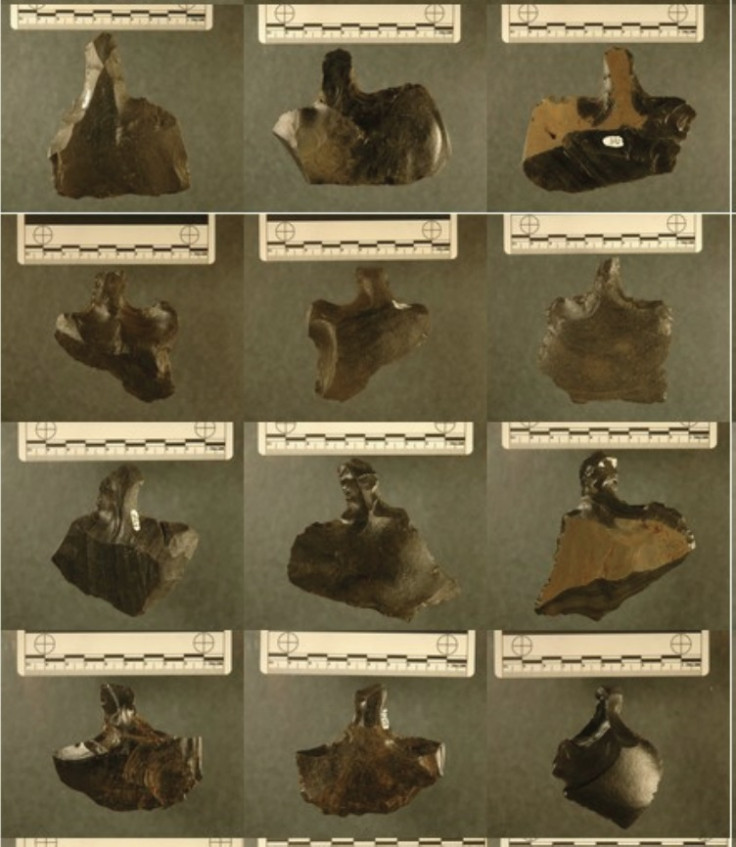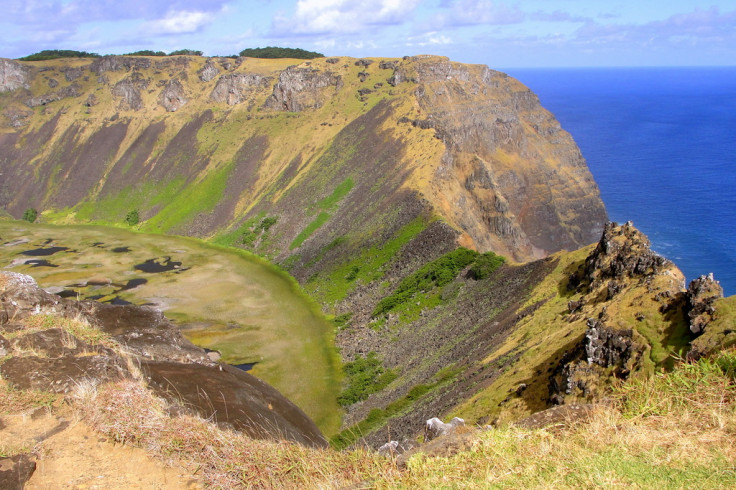Easter Island: Prehistoric warfare did not bring about collapse of Rapa Nui population

The collapse of the population of Easter Island did not result from warfare, as was widely believed, artefacts found on the shores of Rapa Nui indicate. Researchers had previously believed spears found on the shores of Easter Island were weapons used in intense fighting – but analysis now suggests they were general purpose tools, pointing to them being a thriving society before the arrival of the Europeans in the 1700s.
The debate over what happened to the prehistoric inhabitants of Easter Islands has longstanding. Their history remains shrouded in mystery – dates as to when the first settlers arrived ranges from somewhere between 400 AD and as late as 1200 AD. The construction of the 800 plus Easter Island heads – or Moai – took place between 1250 and 1300.
European visitors arrived from the 1720s and continued through the 1800s. By the 1860s, the population was almost entirely extinct. What caused this massive decline is not entirely known.
The traditional thinking was that uncontrolled population growth on a fragile ecosystem led to a severe lack of resources. This is said to have led to massive in-fighting among the settlement. In 1995, geographer and physiologist Jared Diamond wrote: "In just a few centuries, the people of Easter Island wiped out their forest, drove their plants and animals to extinction, and saw their complex society spiral into chaos and cannibalism." This theory has stuck.

However, Carl Lipo, professor of anthropology at Binghamton University, has now analysed the thousands of spear heads that were said to be the weapons these early inhabitants used in their battles. Published in the journal Antiquity, he and his team analysed the artefacts, called mata'a, using morphometrics – a technique that allowed them to characterise the shapes in a quantitate manner.
They looked at the variability of the shapes and how they differed from other traditional weapons to reach the conclusion the spear heads were not used for fighting as they would have been very poor weapons.
"We found that when you look at the shape of these things, they just don't look like weapons at all," he said. "When you can compare them to European weapons or weapons found anywhere around the world when there are actually objects used for warfare, they're very systematic in their shape. They have to do their job really well. Not doing well is risking death.
"You can always use something as a spear. Anything that you have can be a weapon. But under the conditions of warfare, weapons are going to have performance characteristics. And they're going to be very carefully fashioned for that purpose because it matters ...You would cut somebody [with a mata'a], but they certainly wouldn't be lethal in any way."

Indeed, the team pointed out that the mata'a as normal tools fits in with the lack of skeletal evidence of warfare. "There is little trace, for example, of lethal trauma on skeletal material and none of the defensive structures that are common on other islands in the Pacific with known traditions of warfare," they wrote. "Instead, claims of prehistoric warfare are largely based on oral traditions recorded in the 20<sup>th century. Unfortunately, these accounts have an unknown relation to prehistory and ... probably include recent introductions".
Lipo says the idea of the island being a place of catastrophe "just isn't true in a pre-historic sense". Instead, he said the abundance of these tools – which he believes were used in rituals or cultivation – show their success as a society: "Populations were successful and lived sustainably on the island up until European contact.
"We've been trying to focus on individual bits of evidence that support the collapse narrative to demonstrate that really there's no support whatsoever for that story. Sort of a pillar of the broader study is the fact that this is an amazing society that really was successful. It just doesn't look like success to us because we see fields that are rock, we think catastrophe, and in fact it's actually productivity."
© Copyright IBTimes 2025. All rights reserved.






















